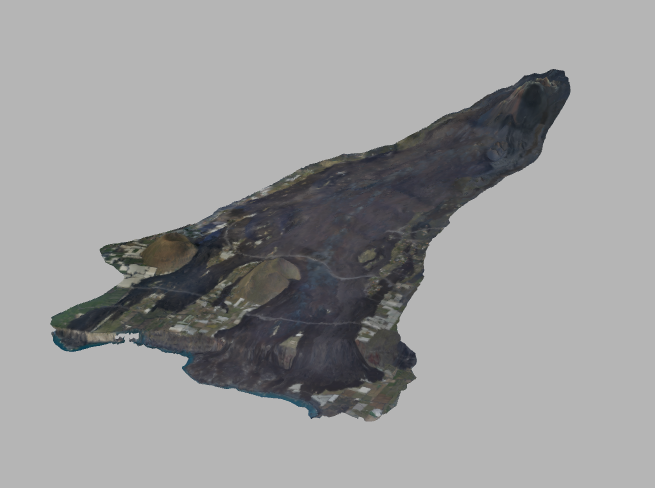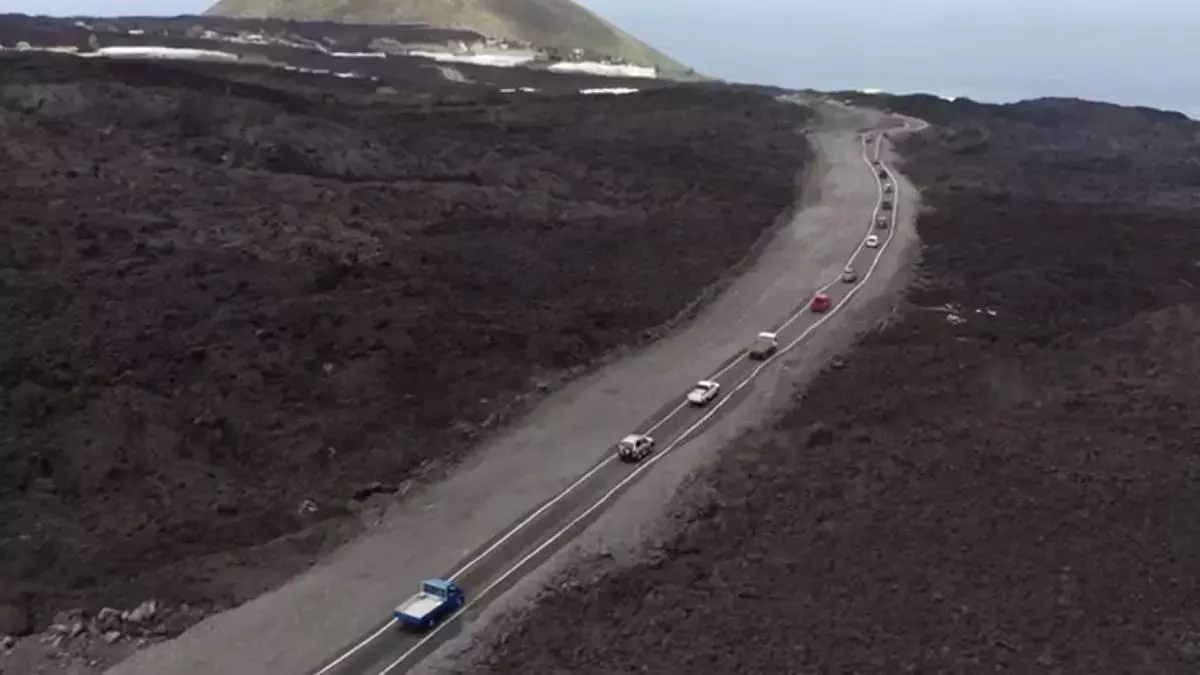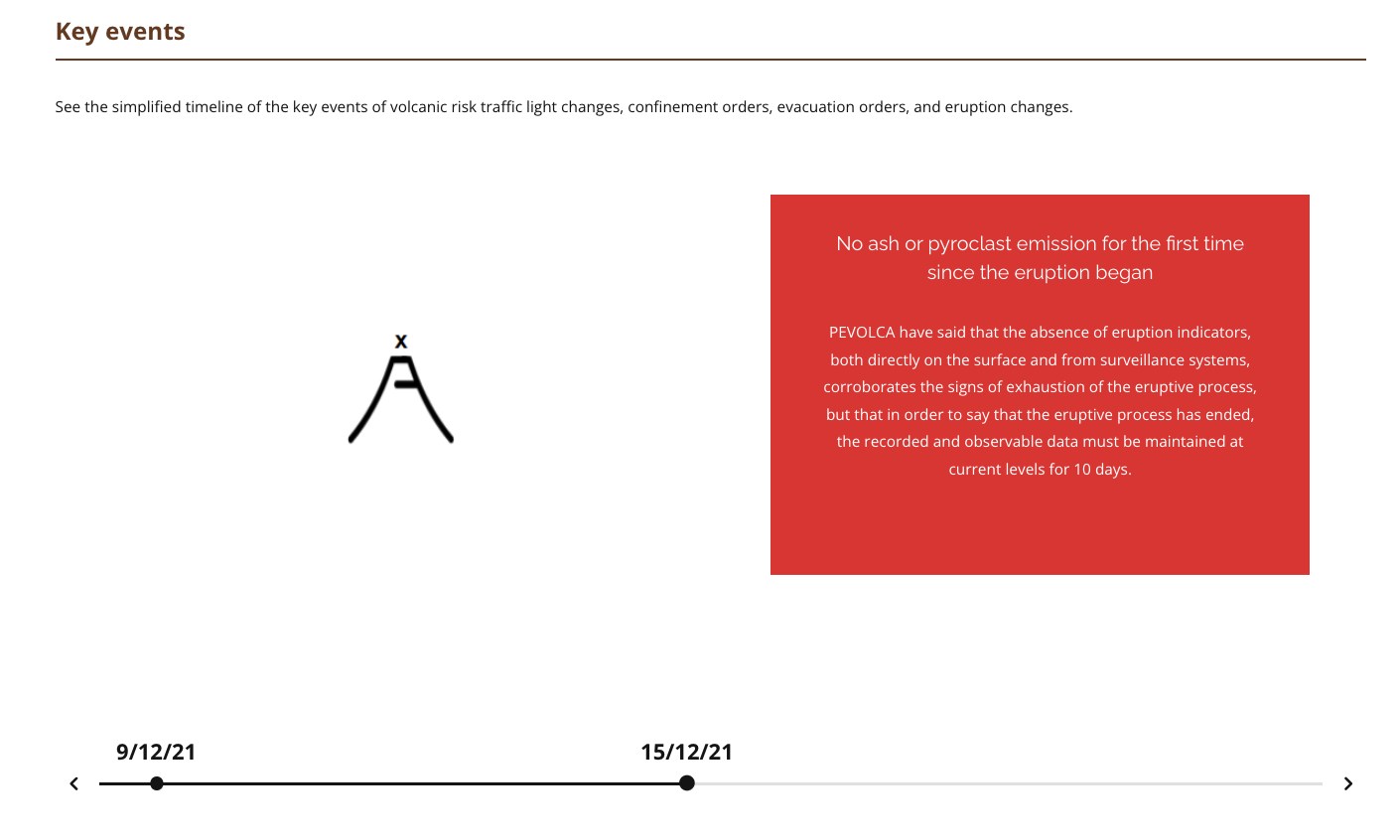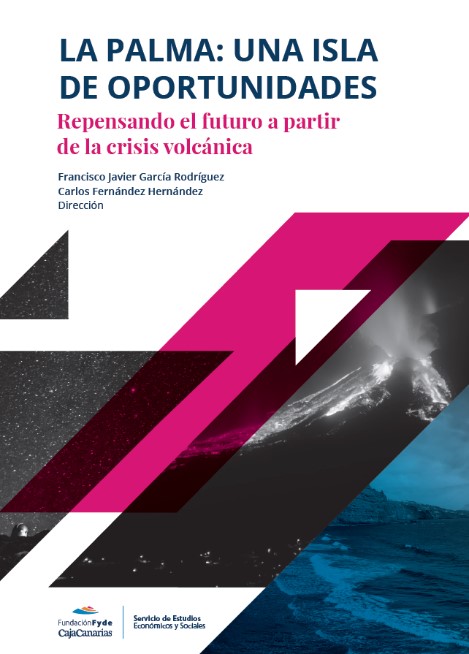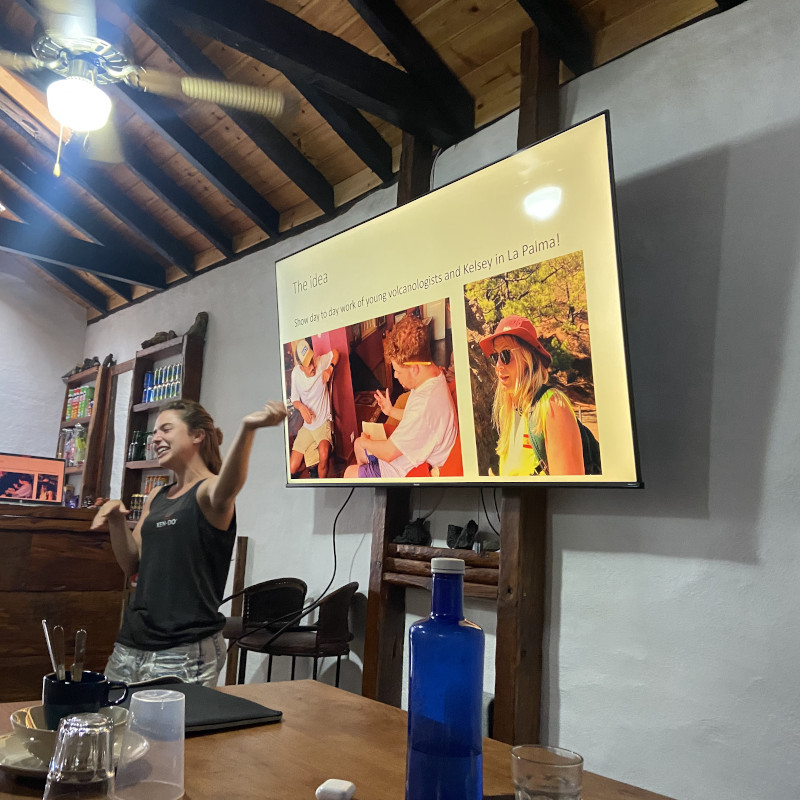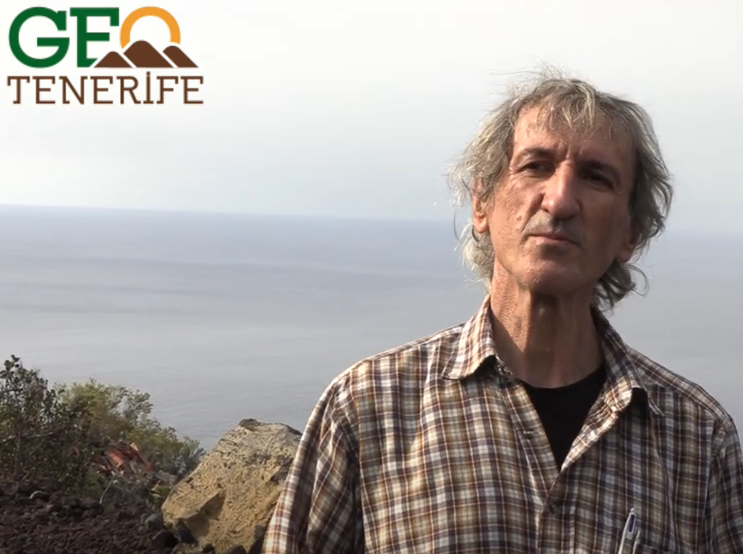Most recent
La Palma Reconstruction – September 2025
Volcanic emergency drill takes place in Tenerife - New internal 'map' of Tajogaite - Marine recovery continues - Results published on health impacts of the eruption - Progress of National Volcanology Centre - 60% income tax discount delay - LP-2 reconstruction progress - Volcano Law approved by Canary Islands Government
Volcán de Tajogaite (2021) Eruption and Reconstruction
Charities to support affected residents
Here are the charity campaigns we have supported/run for the affected residents of the La Palma eruption




